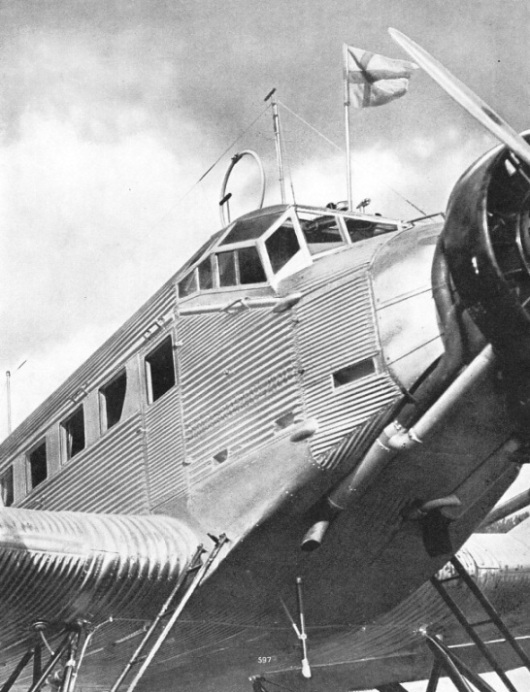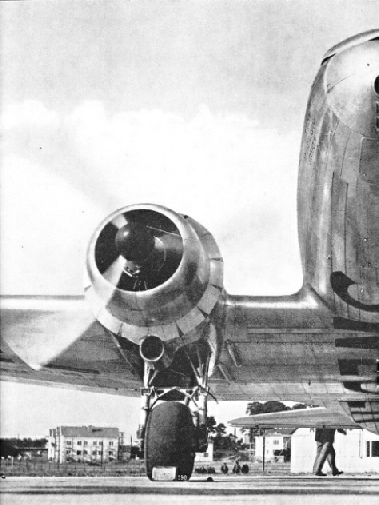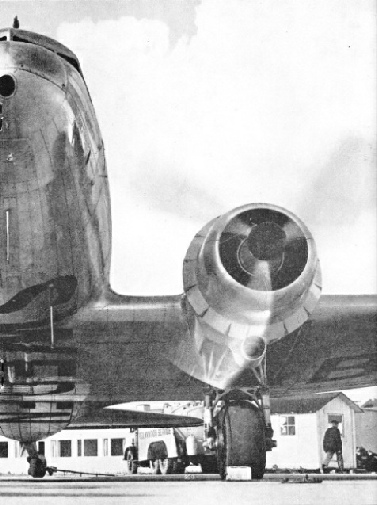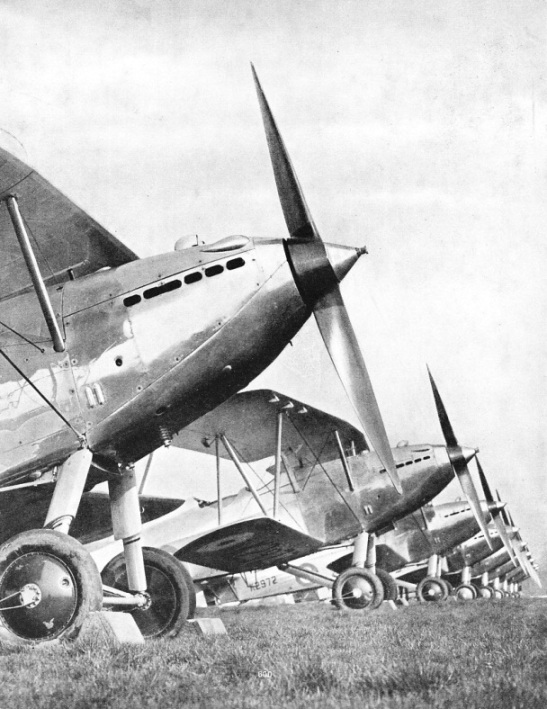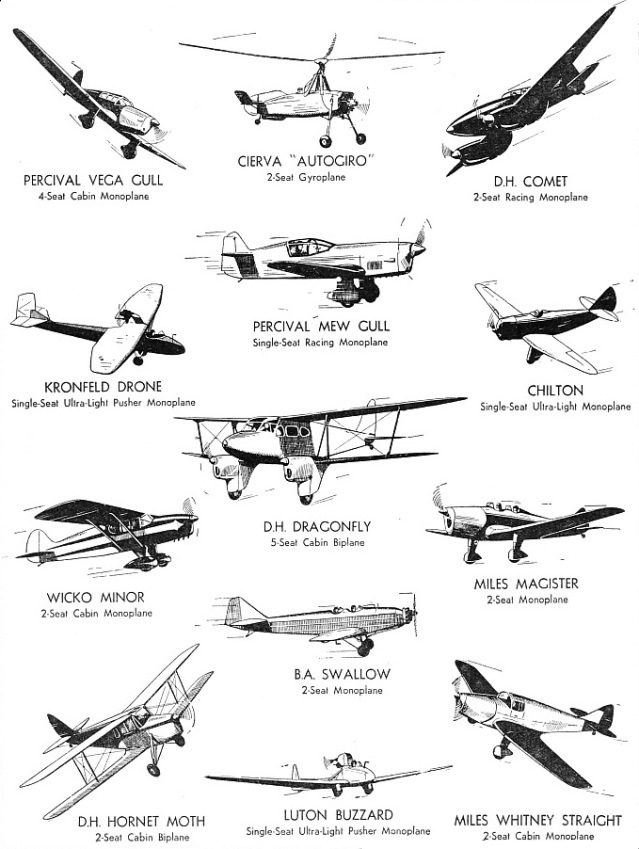
© Wonders of World Aviation 2015-


Part 22
Part 22 of Wonders of World Aviation was published on Tuesday 2nd August 1938, price 7d.
This part included a central photogravure supplement further illustrating the article on Aviation in Sweden. The final section of the photogravure supplement illustrates aircraft of the Auxiliary Air Force. It illustrates the article on The Auxiliary Air Force.
The Cover
The cover this week shows a balloon barrage at the RAF station at Cardington, Bedfordshire. In time of war the balloons would be far higher than they appear in the cover illustration.
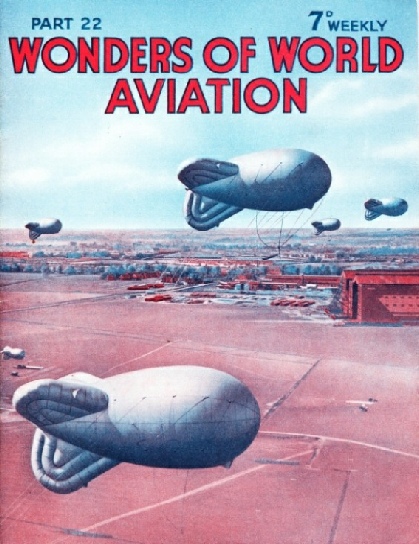
Contents of Part 22
Air Taxis (Part 2)
“By air to anywhere at any moment”. Such is the service rendered by the British charter companies which operate air taxis. The work of the air taxi is fully described in this chapter which is concluded from part 21.
Rolls-Royce Merlin and Kestrel
Representative of the name of Rolls Royce today are the Kestrel and Merlin types of engines, both of which are extensively used in high-performance service aircraft. This chapter describes them both.
This is the second article in the series on Modern Aero Engines.
Swedish aviation has successfully overcome a variety of difficulties caused by the climate and nature of the country. Swedish prestige is maintained by the men who pilot the ambulance machines which serve remote parts of the country, by the pilots who have flown into the Arctic to the aid of explorers in difficulties, and by the pilots of the Swedish Air Lines, or ABA. This chapter describes the steady progress made in Swedish aviation since 1909.
This is the eleventh article in the series on Air Routes of the World.
Of all the voluntary defence forces in Great Britain the Auxiliary Air Force has a unique appeal to a young man. By joining the Auxiliary Air Force he is able to serve his country and, if he is a pilot, to fly in some of the world’s fastest aeroplanes. This chapter is a timely reminder of the unprecedented extension of the Royal Air Force. Sir Kingsley Wood, Secretary of State for Air, recently inaugurated a new appeal for recruits for the RAF. He announced requirements of an increase in personnel such as has never before been known in peacetime. Some 2,100 pilots, 550 observers, nearly 26,000 tradesmen and unskilled men, and about 3,000 boys are needed -
Aviation in Sweden
Photogravure Supplement
THE PILOT’S CABIN on a Swedish Air Line’s Ju.52 Junkers aircraft. This machine, the Sodermanland, was one of a number brought into service in 1932. It seats fourteen passengers, and has three Pratt and Whitney Hornet engines, developing a total of 1,725 horse-power. The wings and fuselage of the machine are metal covered, the metal being corrugated to increase its strength.
The Auxilary Air Force
Photogravure Supplement
AUXILIARY AIR FORCE MACHINES lined up on the aerodrome at Herndon. They are Hawker Harts of No. 601 Squadron of the AAF. This is the County of London Squadron, and was formerly a bomber squadron; it is now a fighter squadron. There are two other AAF units stationed at Hendon, the City of London and the County of Middlesex Squadrons.
Air War on Insects
Modern intensive cultivation has brought new problems to the agriculturalists, not least of which are the varieties of insect pests previously unknown. But although science has created difficulties for itself, it has at the same time provided powerful weapons against insect invaders. This chapter describes the various ways aeroplanes drop poisonous powders which can rapidly overcome plagues which threaten crops and trees.
Advance of the Empire Air Mail (Part 1)
In 1911 the first official Post Office experiments in air mail took place. To commemorate the coronation of King George V, a temporary air mail service was established between Hendon and Windsor. From this experimental service has developed the great organization described in the chapter “Air Mails of the Empire”. In this chapter the development of the Empire air mail routes to South Africa, India and Australia are described. The article is concluded in part 23.
Aviation in Sweden Photogravure Supplement - 2
A DUTCH BUILT AIR LINER used by Swedish Air Lines. It is of the American Douglas DC-3 type built by Fokkers under licence. Although a number of light aircraft, including seaplanes, are built in Sweden, no large air liners are constructed in the country; this is the reason for the use of foreign aircraft by Swedish Air Lines.
